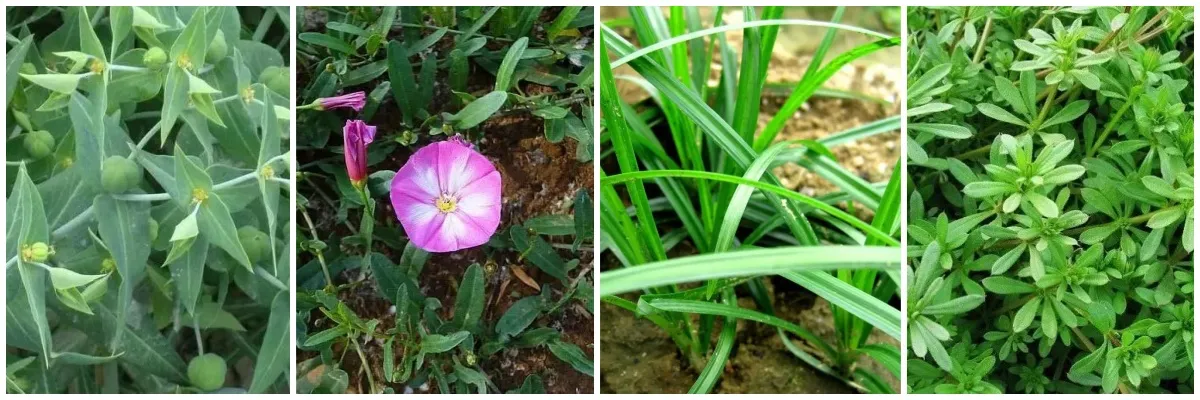
Nov . 19, 2024 12:05 Back to list
types of insecticide
Types of Insecticides Understanding Their Role in Pest Management
Insecticides play a crucial role in protecting crops, livestock, and human health by managing pest populations. These chemical substances are designed to kill or repel insects, thus safeguarding agricultural products and preventing the spread of diseases. With a wide array of options available, insecticides can be broadly classified into several categories based on their origin, mode of action, and target pests. This article explores the various types of insecticides, their uses, and the implications of their application.
1. Chemical Insecticides
Chemical insecticides dominate the market and are further divided into several types, including
- Organophosphates These are among the most widely used insecticides. They work by disrupting the enzyme systems that regulate the nervous system of insects. Common organophosphates include chlorpyrifos and malathion. While effective, their use is controversial due to potential toxicity to non-target organisms, including humans and beneficial insects.
- Carbamates Similar to organophosphates, carbamates affect the nervous system of insects. They are generally less persistent in the environment, which reduces their potential for long-term harm. Examples include carbaryl and propoxur.
- Pyrethroids Derived from naturally occurring pyrethrins, these synthetic compounds are popular for their effectiveness and relatively low toxicity to mammals. Pyrethroids, such as permethrin and cypermethrin, are widely used in both agricultural and household insecticides. However, they can be harmful to aquatic organisms.
- Neonicotinoids This class of insecticides mimics nicotine and targets the central nervous system of insects. Neonicotinoids, including imidacloprid and thiamethoxam, are particularly effective against sucking pests like aphids and whiteflies. However, their use has raised concerns about their impact on pollinators, especially honeybees.
2. Biological Insecticides
types of insecticide

Biological insecticides are derived from natural materials, including plants, bacteria, and fungi. They are increasingly popular due to their lower environmental impact and reduced toxicity to non-target organisms. Key categories include
- Microbial Insecticides These utilize pathogens, such as bacteria (e.g., Bacillus thuringiensis) and viruses, to control insect populations. Bacillus thuringiensis (Bt), for example, produces proteins that are toxic to specific insect larvae, making it a favored choice among organic farmers.
- Botanical Insecticides Derived from plants, these insecticides, such as neem oil and pyrethrin, have been used for centuries. They often possess additional benefits such as repelling pests without causing harm to beneficial insects.
3. Insect Growth Regulators (IGRs)
IGRs are substances that interfere with the development and reproduction of insects, effectively preventing them from maturing into adults. By disrupting molting or reproduction processes, IGRs help control pest populations over time. Common examples include methoprene and hydroprene. They are especially useful in managing pests such as mosquitoes and cockroaches.
4. Biopesticides
Biopesticides, a subset of biological insecticides, include products based on natural organisms or natural products. These are particularly beneficial in sustainable agriculture practices as they enhance biodiversity and reduce chemical residues in the environment. Some examples include products derived from plant extracts or specific strains of beneficial microorganisms.
Conclusion
The diversity of insecticides available today provides farmers and pest control professionals with a range of tools for managing pest populations effectively. While chemical insecticides offer immediate control and effectiveness, biological and botanical options are increasingly favored for their environmental safety and sustainability. The choice of insecticide should consider factors such as pest type, risk to non-target organisms, and potential environmental impacts. An integrated pest management approach that combines various methods can lead to more sustainable pest control practices, ensuring that both agricultural productivity and ecological health are maintained. As we advance, the challenge lies in balancing effectiveness with environmental stewardship, ensuring a safe and sustainable future for pest management.
-
Azoxystrobin Fungicide: Advanced Crop Protection Solutions
NewsAug.22,2025
-
Willowood Imidacloprid: Best Broad-Spectrum Insecticide Solution
NewsAug.22,2025
-
Atrazine Herbicide: Selective & Effective Weed Control for Sale
NewsAug.21,2025
-
Azoxystrobin: Broad-Spectrum Fungicide Solutions
NewsAug.11,2025
-
Best EPA Boscalid: Superior Crop Fungicide for Max Yields
NewsAug.11,2025
-
Best Willowood Imidacloprid: Superior Pest Control Solutions
NewsAug.10,2025
